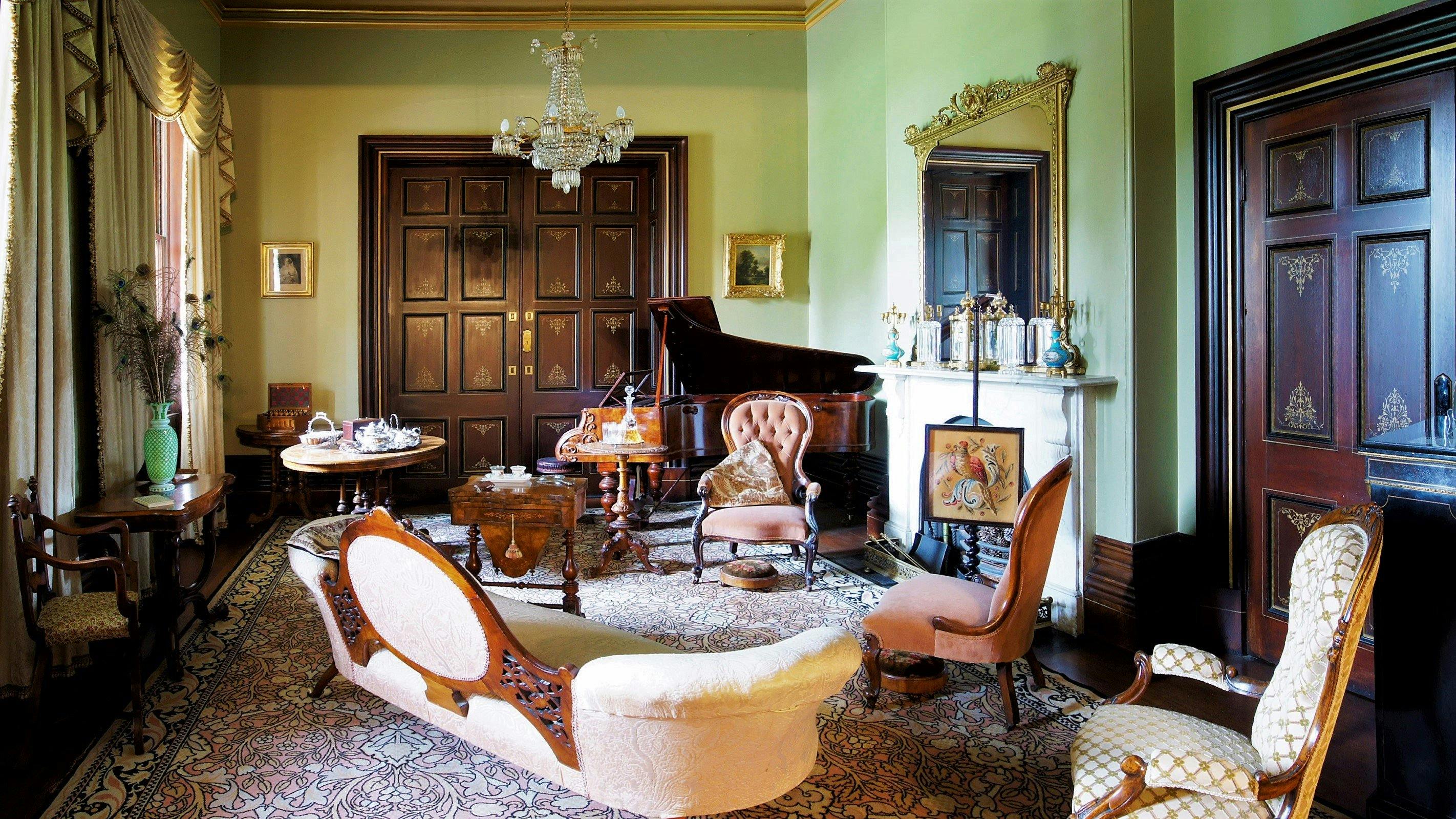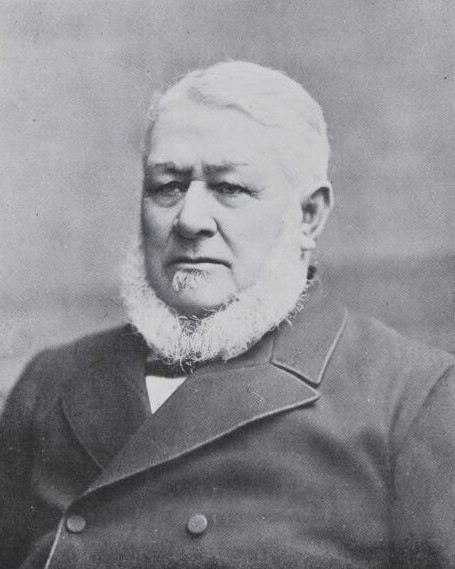 |
| Photo: The Advertiser |
| Warren Jones Journalist Adelaide East Herald |
The future of the historic Ayers House and museum is under threat.
On 10th June 2021, an eviction notice from the Minister for Environment and Water and his Departmental Head was hand-delivered to the National Trust of SA demanding that it vacate the property within 31 days.
Following difficult negotiations, the eviction deadline was extended to September.
This is an unprecedented and unwarranted attack on the fifty-year stewardship of Ayers House by the National Trust, a body which, for 65 years, has nurtured and safeguarded much of South Australia's built and natural heritage.
The SA Government plans to appropriate Ayers House for the History Trust of SA which is seeking a new administrative headquarters.
This Trust is a statutory government agency, residing within the Department of Education.
Its funding, responsibilities and activities devolve from the government of the day
It is inappropriate for this state heritage building to be used to accommodate 25 History Trust staff in areas and offices which would re-purpose heritage rooms and completely displace the heritage museum with its collection of 30,000 precious artifacts and furniture. The planned takeover also foreshadows the use of Ayers House for government functions in order to capitalise on the commercial opportunities and political status symbolism of its proximity to Lot 14.
 |
| Ayers House as it is today (Source: Ayers House) |
This is no excuse to eviscerate the House, tarnish its cultural heritage status and sacrifice the museum.
The government is promoting and underwriting this proposal with $1.5 million to relocate the 25 History Trust staff at a cost of $57,000 per head, along with $6.5 million to alter the structure and function of Ayers House.
This funding could more appropriately and effectively be used to install a lift and air conditioning, and in assisting the National Trust to embellish and maintain the fabric and contents of this heritage icon.
There is no imperative or logic in locating the History Trust in Ayers House
The government's requirements for office space for bureaucrats, a modern kitchen, lecture rooms, educational facilities and function spaces can readily be accommodated elsewhere in the CBD, and in particular in other prestigious locations on North Terrace.
The National Trust has cared for Ayers House as a historic public institution without government assistance for operating costs.
Over 50 years it has endowed the house with $20 million in fabric, contents and in kind, through volunteer support.
This politically motivated and unnecessary eviction must not be implemented.
 |
| Source: Ayers House Museum |
.
What's so special about Ayer's House?
(Source: National Trust/Margaret Barca 1984)
Ayers House is one of the finest examples of colonial Regency architecture in Australia, and historically important as the home for over 40 years of Henry Ayers. Secretary of the SA Mining Company ; (responsible for the Burra Burra mines) and one of SA's most distinguished politicians a member of SA's first Legislative Council and 7 times Premier. Ayers leased a small cottage with a coach-house from William Paxton in 1855. Gradually (1858-74) he extended the house, with the aid of architect William Strickland, into an uncommonly fine and elegant mansion. The distinguishing features of the facade are the harmonious proportions of the bowed wings, with curved and shuttered windows, and the deeply recessed porticos. Internally, Ayers House, known originally as Austral House, combines simply decorated private rooms with superlative examples of late Victorian opulence. The ceilings, cornices, stencilled wallpapers and trompe l'oeil work of the ballroom and state dining-room are exquisite. A small suite of rooms was built into the ground to provide a cool retreat during Adelaide's intense summers. The National Trust (SA) now occupies the oldest wing.
Address: 288 North Terrace, Adelaide, South Australia 5000
Formerly known as Austral House
(Source: Adelaide Sketchbook/Max Lamshed 1967)
(Source: Adelaide Sketchbook/Max Lamshed 1967)
 |
| Sir Henry Ayers |
The house grew through a series of additions, which added symmetry and comfort. The original builder, early in the 1850s, was William Paxton, a Hindley Street chemist, who sold to Sir Henry Ayers when he returned to England in 1855.
With the home went City Acres 29 and 30 reaching from Tavistock (now Frome) Street to the boundary of the present East End Market and from North Terrace to Rundle Street.
The first additions were to the back of the house in 1857. Two years later, the ballroom was added, with cedar floor sprung for dancing and cedar doors which could be folded to bring in three other rooms.
There were grand nights of entertainment on which the cedar floor was washed with milk beforehand to make it smooth. In 1871 a large room with a bay window was added on the western side to balance that on the cast, and three years later there was an addition at the rear.
After the death of Sir Henry Ayers in 1897, the house was practically empty for a long span. In 1914 it was sold to Mr Henry Woodcock and later was bought by a syndicate which named it Austral Gardens and built a stage for open-air theatre, which flourished through summer nights, and the Palais Royal Dance Hall.
The house is now under the control of the National Trust.
Ayers House, from RAA's Touring Adelaide's History 1974
Originally erected about 1846 for William Paxton, a Rundle Street chemist, the property was purchased in 1855 by Sir Henry Ayers. During the next thirty years, extensive additions were made to the design of architect Sir George Kingston. These additions included the east and west wings with their attractive curved shutters over bay windows, and the two-storeyed section at the rear. The house and grounds became the venue for some of the major social gatherings in the State during Sir Henry Ayers' seven terms as Premier and his term as President of the Legislative Council, and he lived there until his death in 1897. Pur- chased by the Government some years ago, it is now the headquarters of the National Trust in South Australia which has under its charge a section of the building available for public inspections at certain times. Two restaurants, under separate control, are open to the public.





